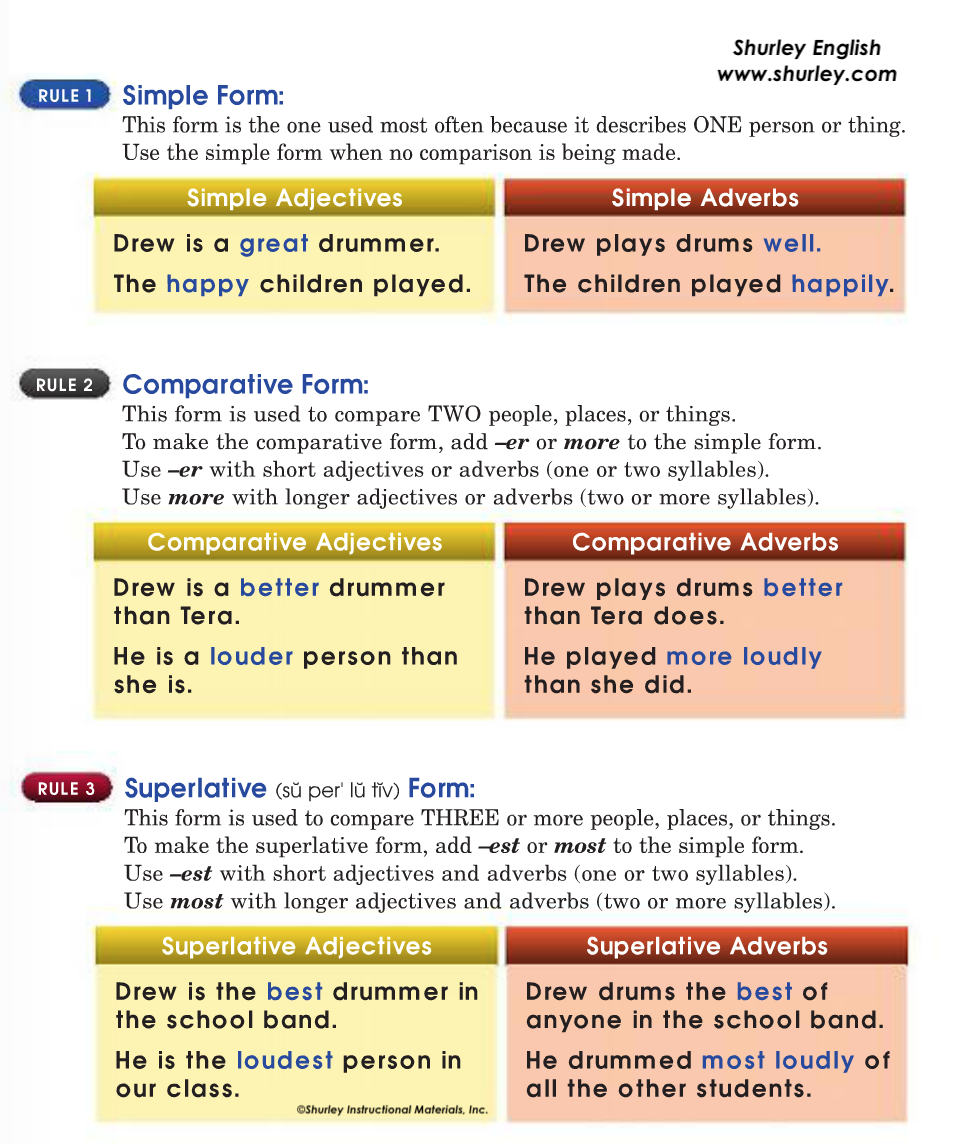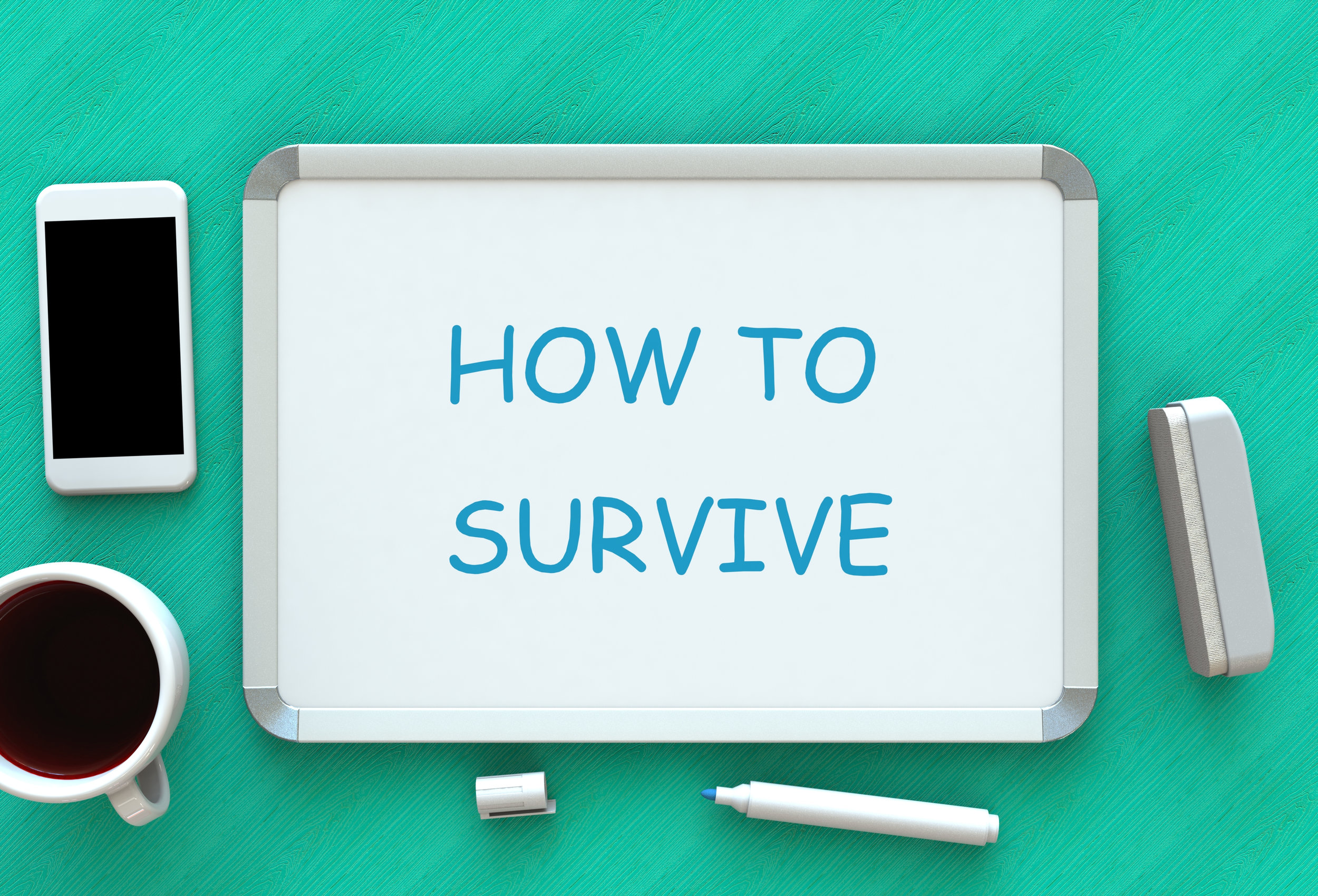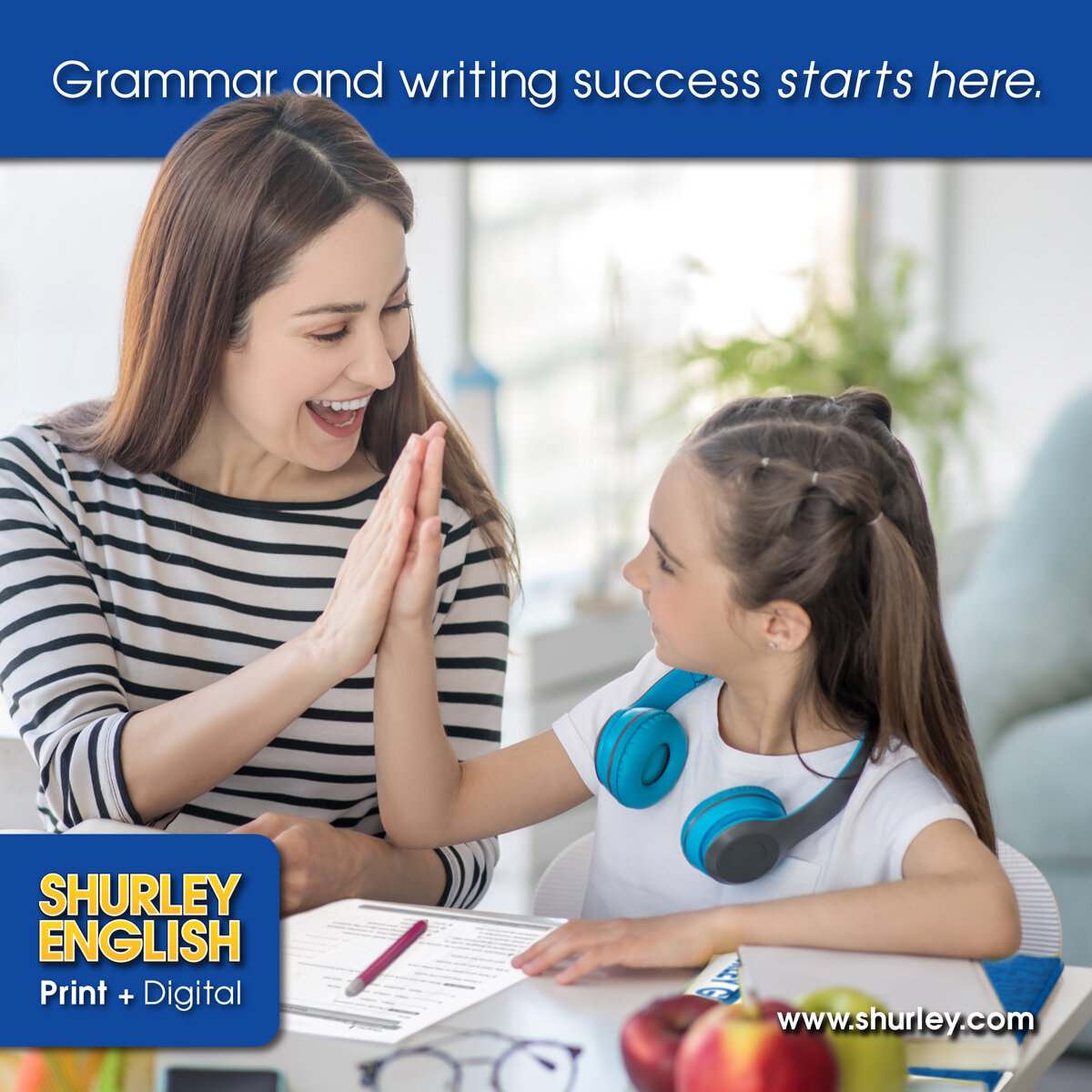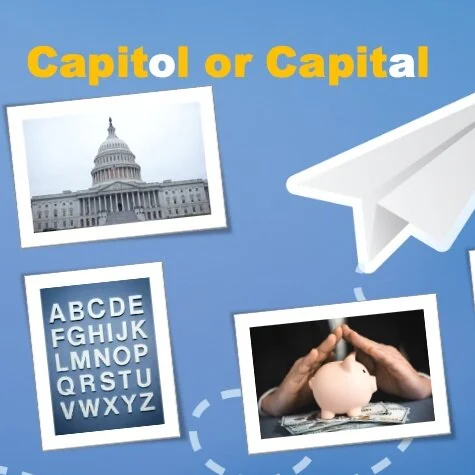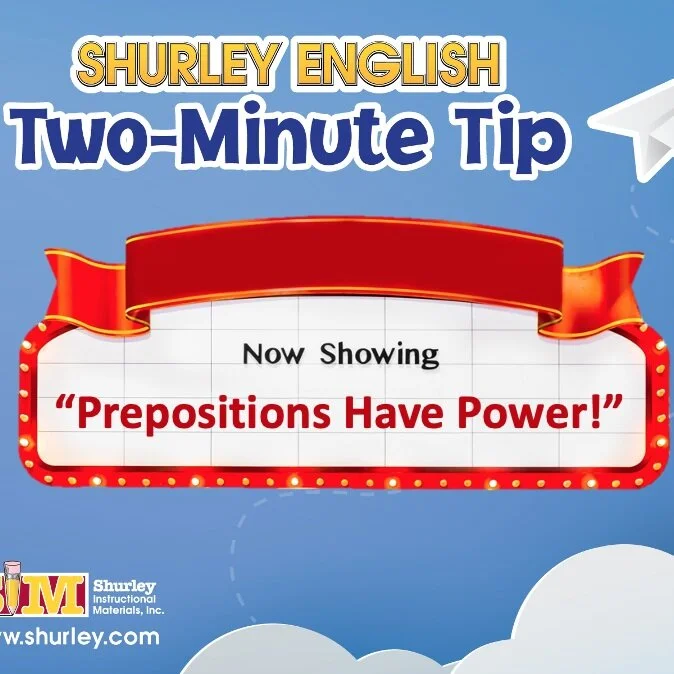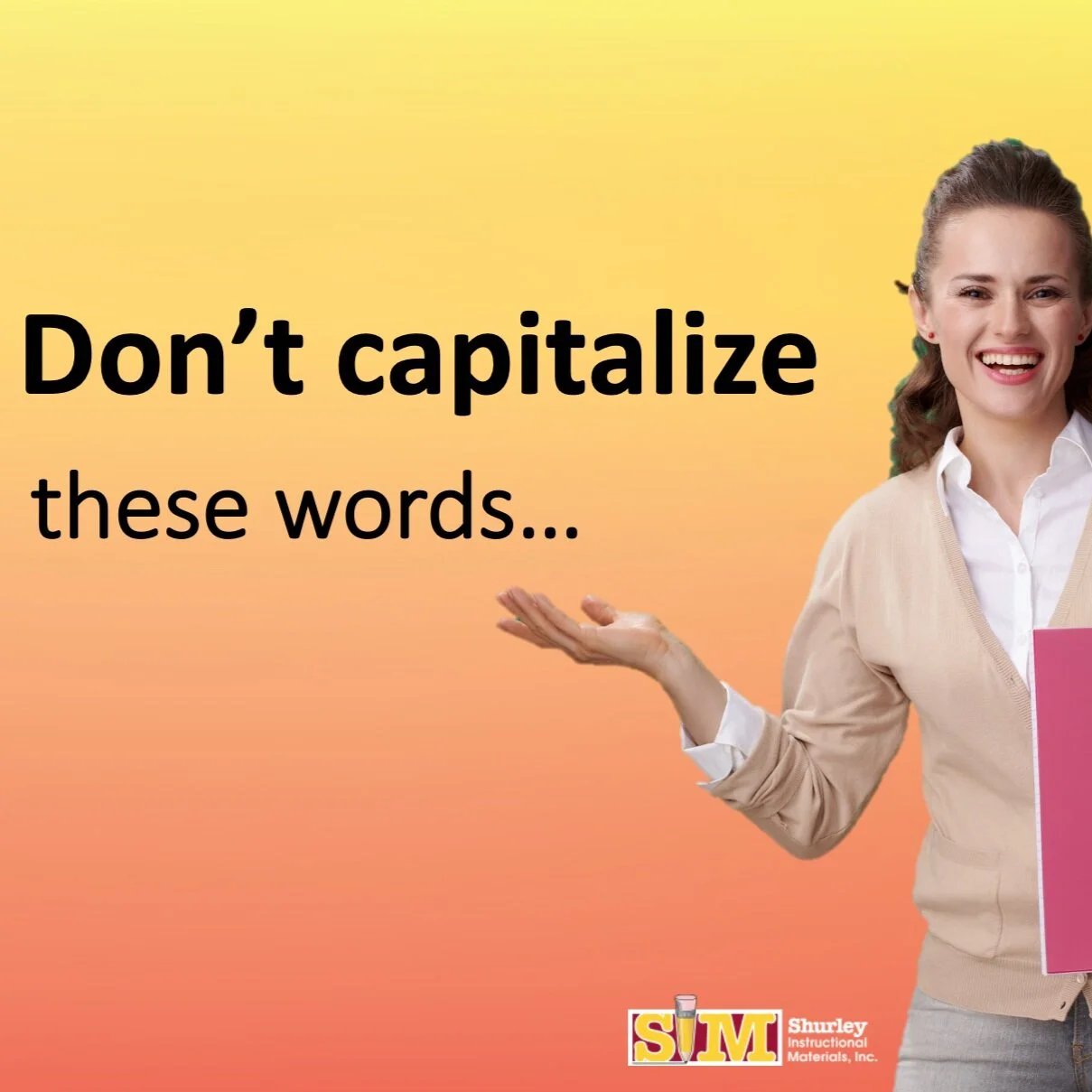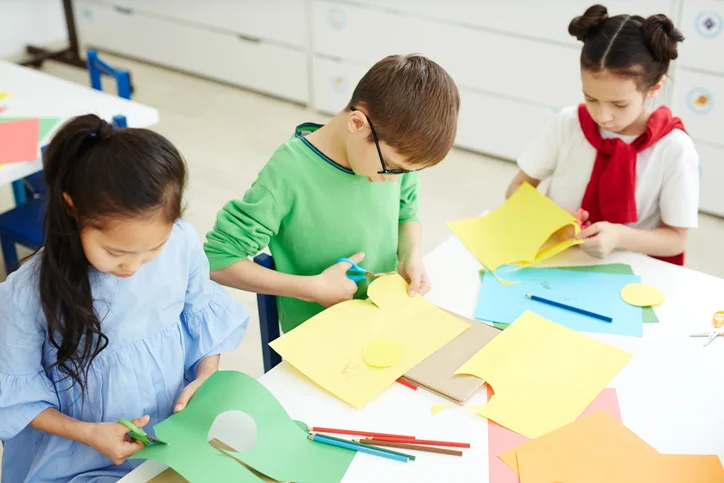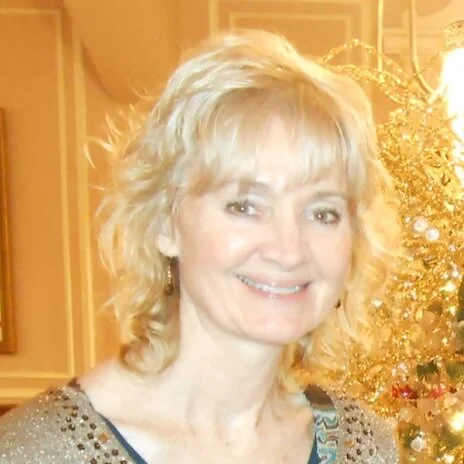Key Skills for ELA Success
/Words, Words, Words…what are they all for? I’d like to invite you to reflect on your early learning years as a young child and remember what it might have been like before you knew about sentences, paragraphs, or reports. If you find this to be challenging, then catch a glimpse of very young children (PreK or younger) and consider how they communicate. You will probably notice that words are the primary means for communication. A broad vocabulary is essential to good writing and will directly affect a student’s word choice and voice in their writing.
Learning new vocabulary words, understanding analogies, delving into a word’s etymology, making vocabulary cards & notebooks, taking the time to do vocabulary enrichment, mastering spelling rules, and playing with Power Words are all strategies within the Shurley English curriculum that assist your students in building and expanding their “word bank” in order to begin to own their language. Owning one's language opens the door to fully understanding how words work together in sentences, how sentences are organized and developed into paragraphs, and how being able to write for all purposes sets you up to connect with the world differently.
The path to ultimately owning one’s language is making sure you as the teacher provide your students the knowledge, skill, and practice in these key skill areas:
- Alphabet
- Phonics
- Rhyming Words
- Spelling
- Reference Skills
- Figurative Lanugae
- Sound Devices
- Word Study: syllabication, etymology, analogies, synonyms/antonyms
- Comprehension: context clues, inferences, drawing conclusions
Set your students up for success by giving them the opportunity to own their language and become confident, competent communicators.




